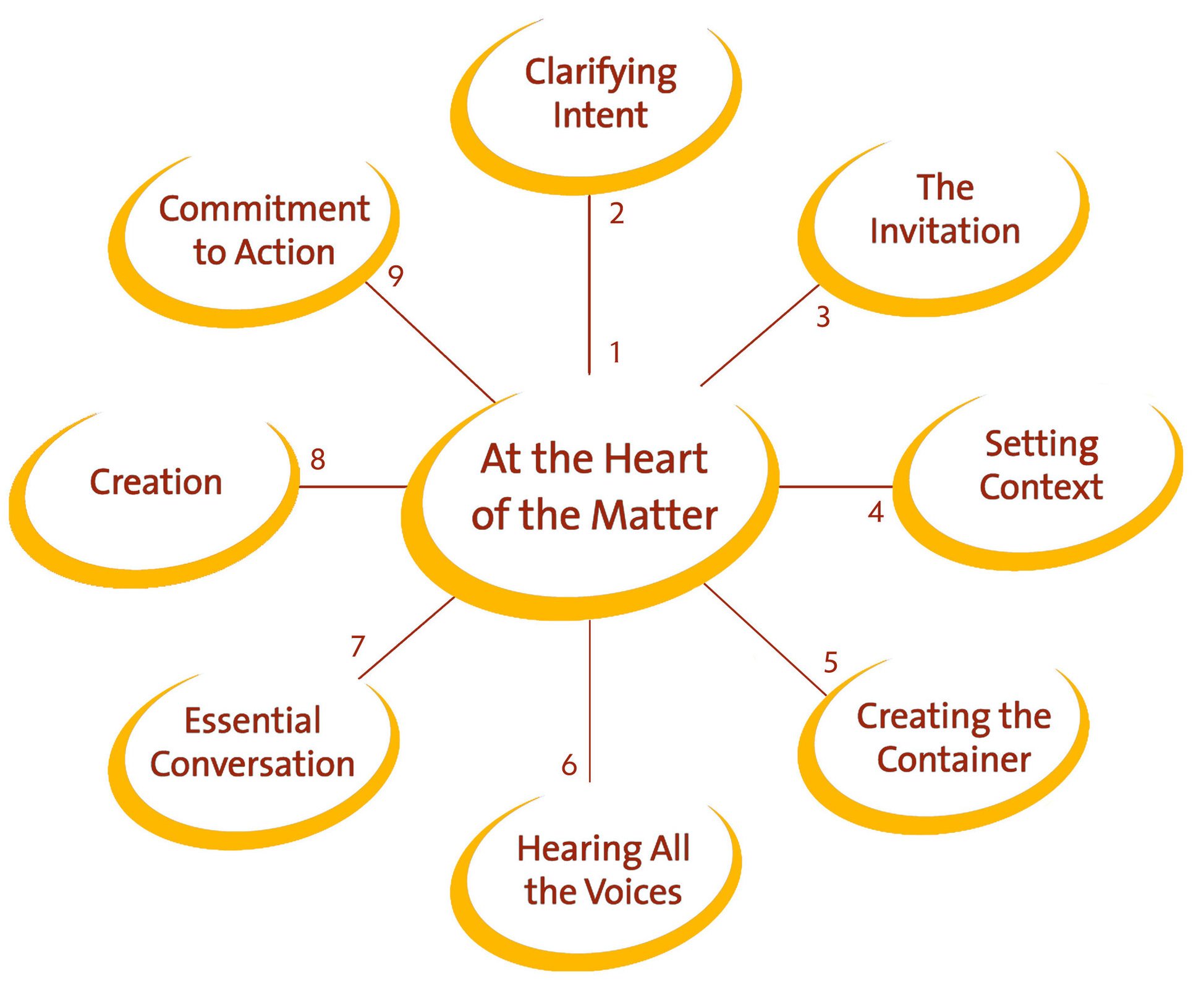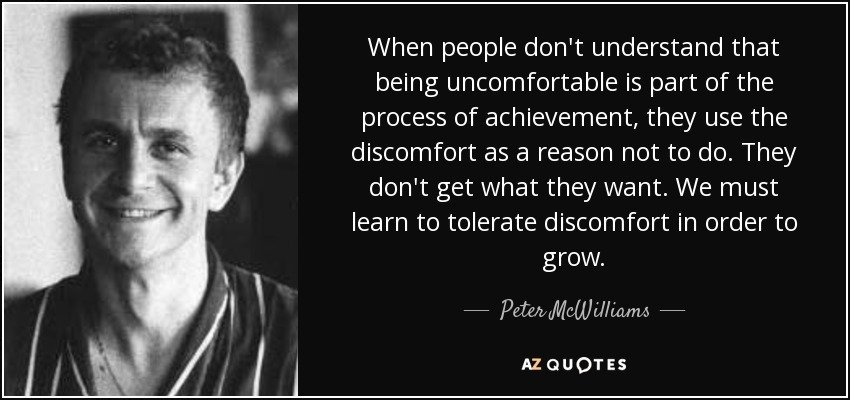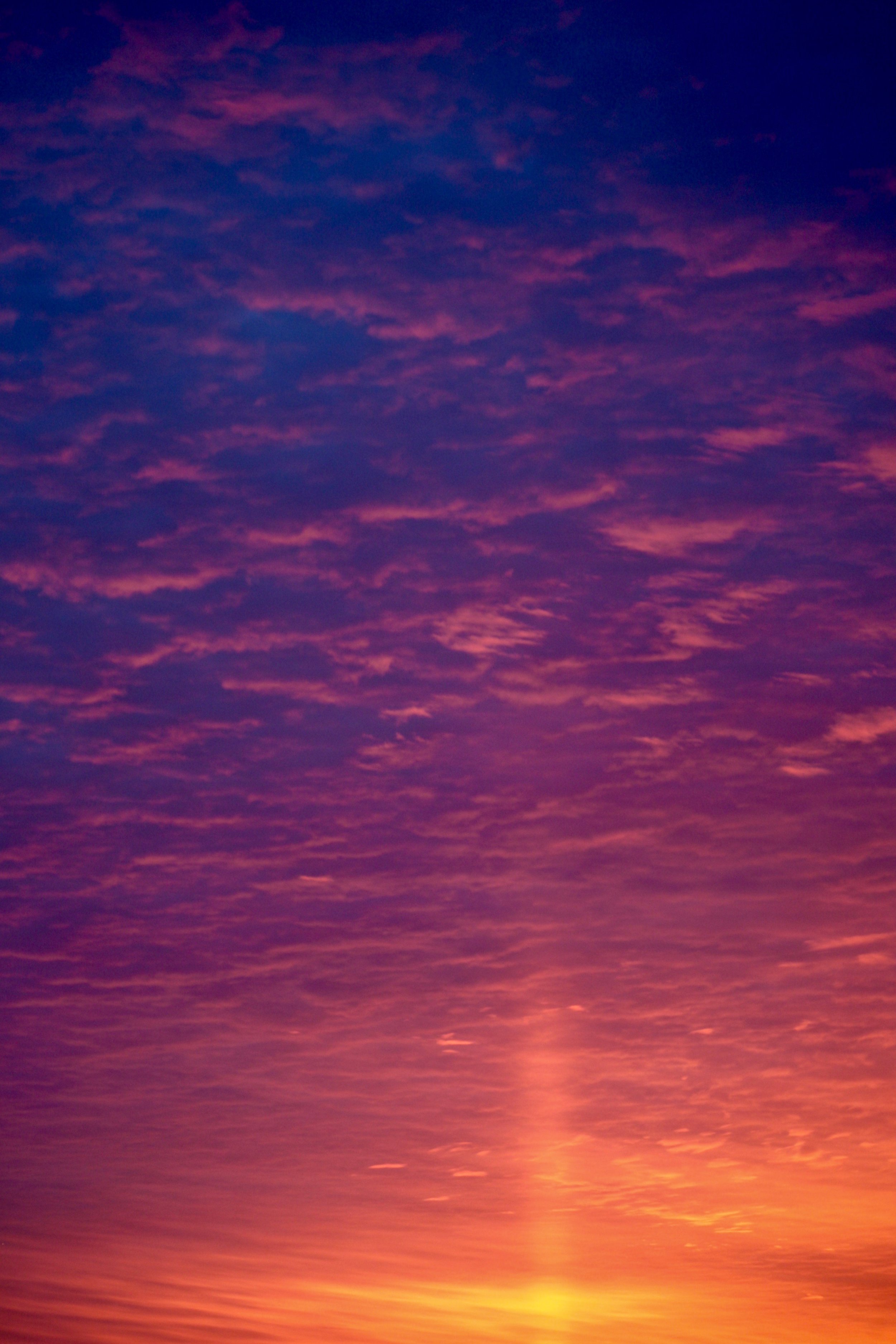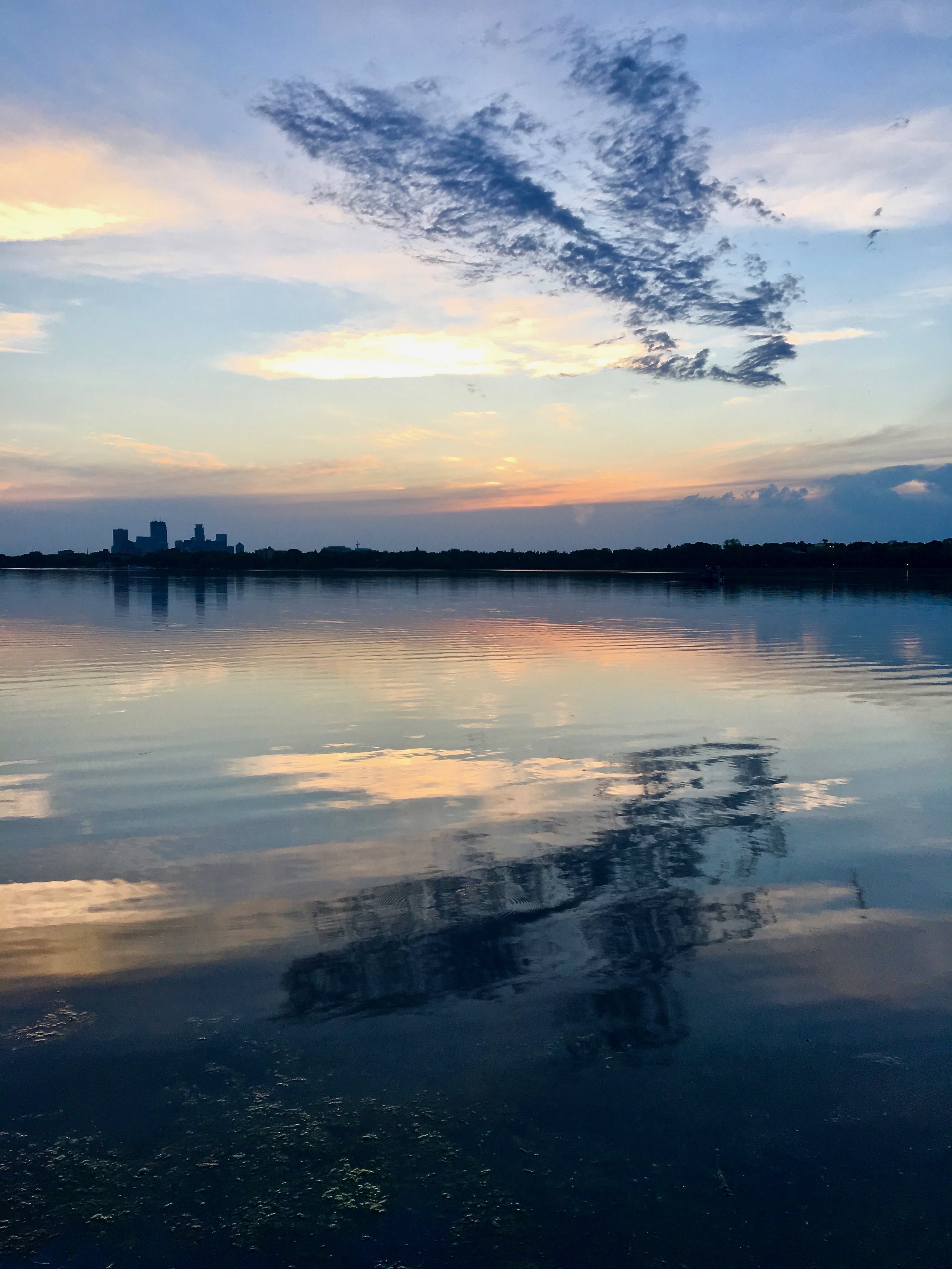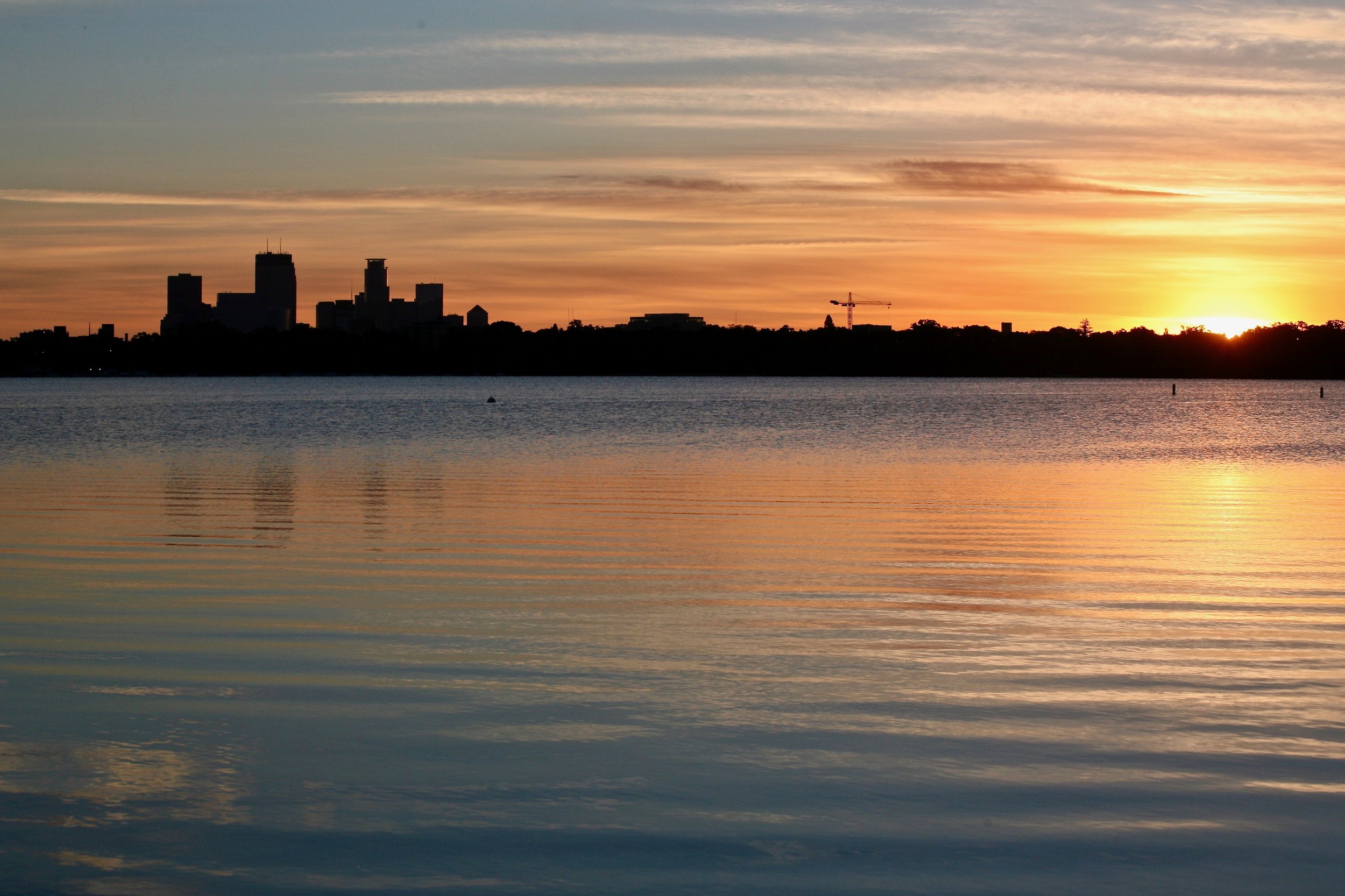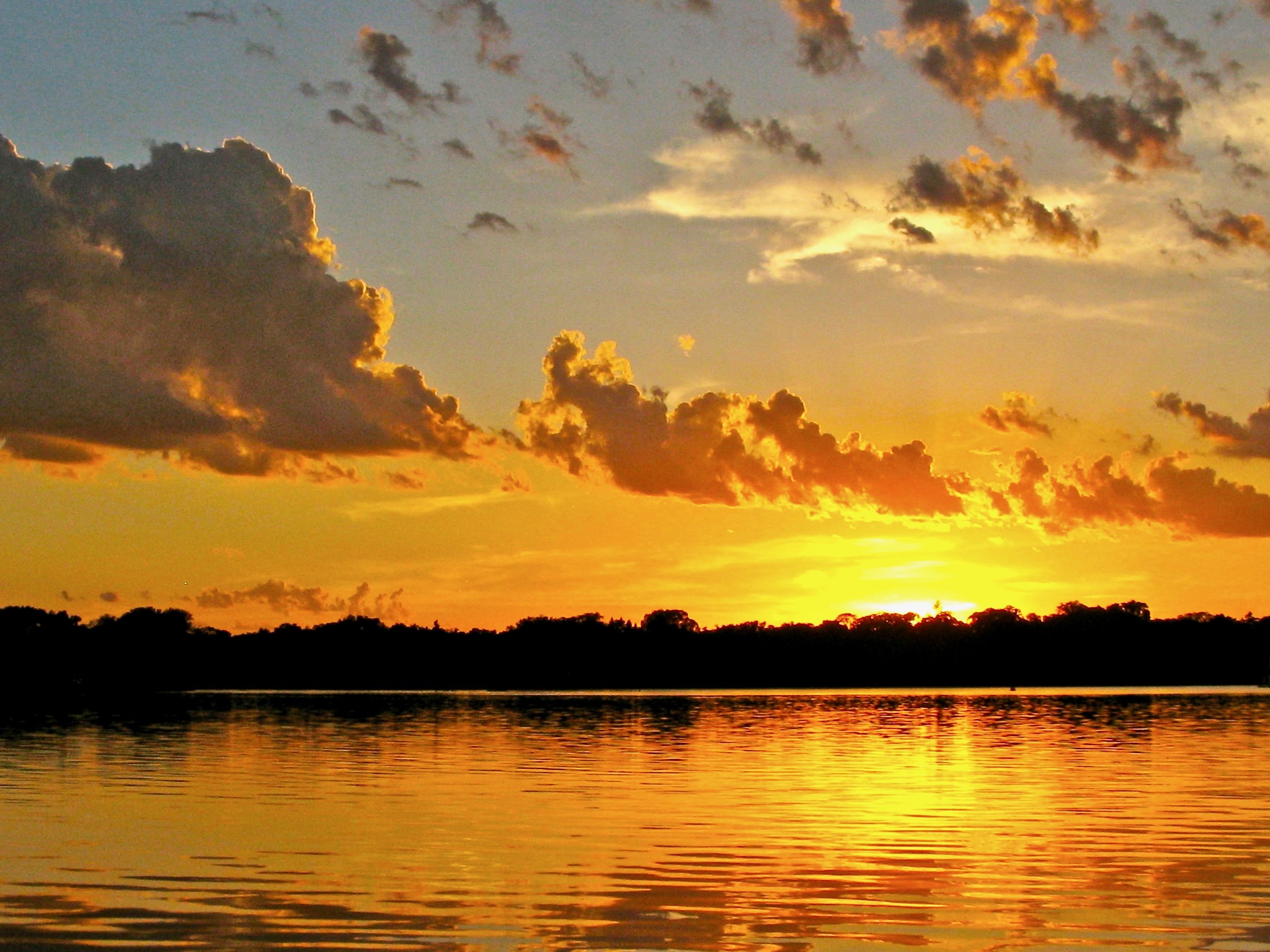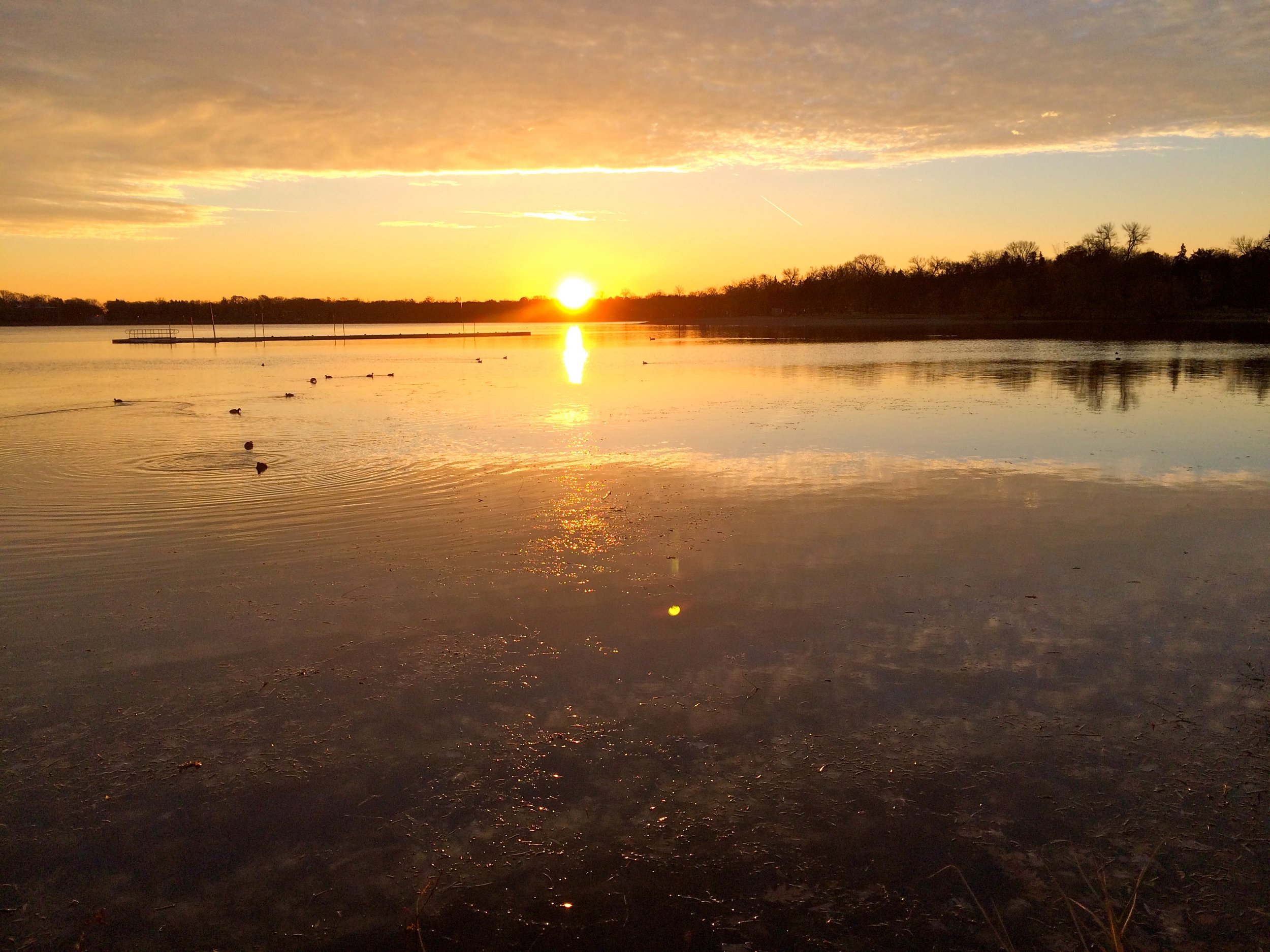Awakening the Global Corporation or discovering fire again
/photo credit: craig neal
“Someday after mastering winds, waves, tides and gravity, we shallharness the energies of love. And then, for the second time in the history of the world, man will discover fire.” -Pierre Teilhard de Chardin
"What scale of love would be sufficient for transformational change?" asked Vivian Wright our November Thought Leader Gathering Conversation Starter. How do you move an organization from compliance to social responsibility to caring for the whole? Increasingly, brand is enhanced by the perception of doing well. Begin with the conscious individual, conscious leader making choices to steward the organization towards wholeness.
The global corporation is arguably the most powerful institution of our time. We are all "members"/creators of global corporations (at very least as consumers). if we evolve out of what we create, Vivian believes the corporation brings us an irresistible invitation to evolve, as individuals and as a group.
The TLGs were founded with the idea that business and organizations are the conduit and delivery system through which a global renaissance is occurring. Can we dedicate our evolution, our awakening as interconnected humans, to create the transformation that can happen through these highly efficient supply chain creations?
Who is good at levels of scale and what do we really need to bring to that from ourselves to make this work? it is time for hippies and yippies to join the Hopis and the yuppies. Time to utilize the ideas, skills, connections and channels that can create substantive change now.
Fortune named HP one of ten green giants. to meet European cafe standards, life-cycle PCs were created with 95% recycled parts. We have reached a point where products are enhanced by recycled, Brand is enhanced by the perception of doing well.
How can we use the global corporation as an expression of the internal "global incorporation," as a human evolutionary process at this time? How can we awaken and stay to create the changes that are so possible?

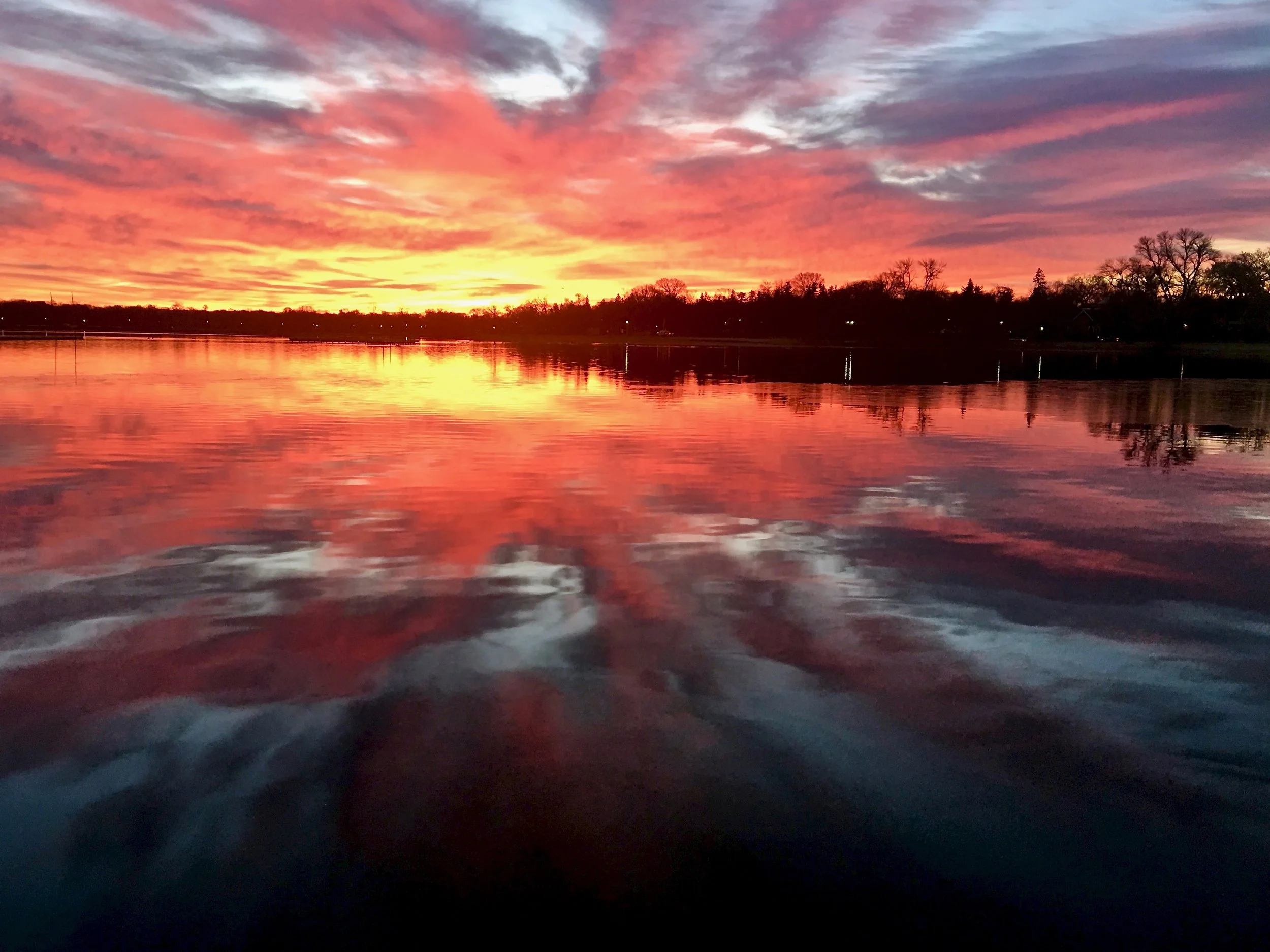














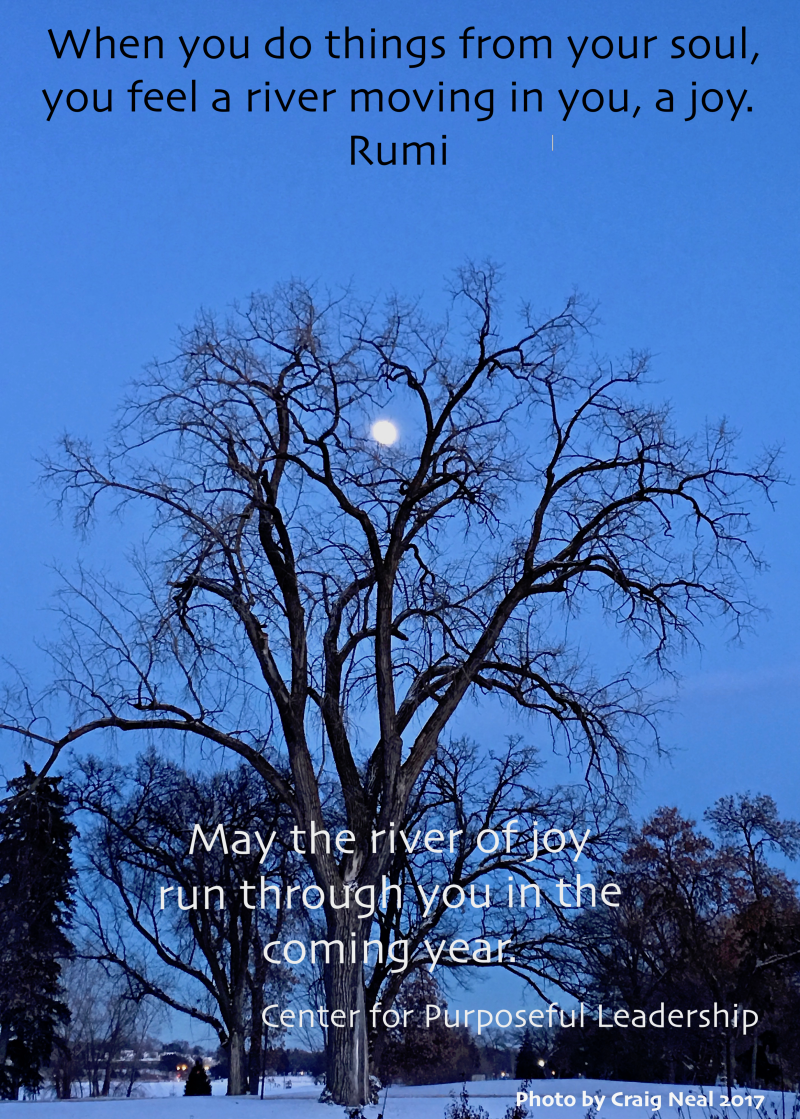








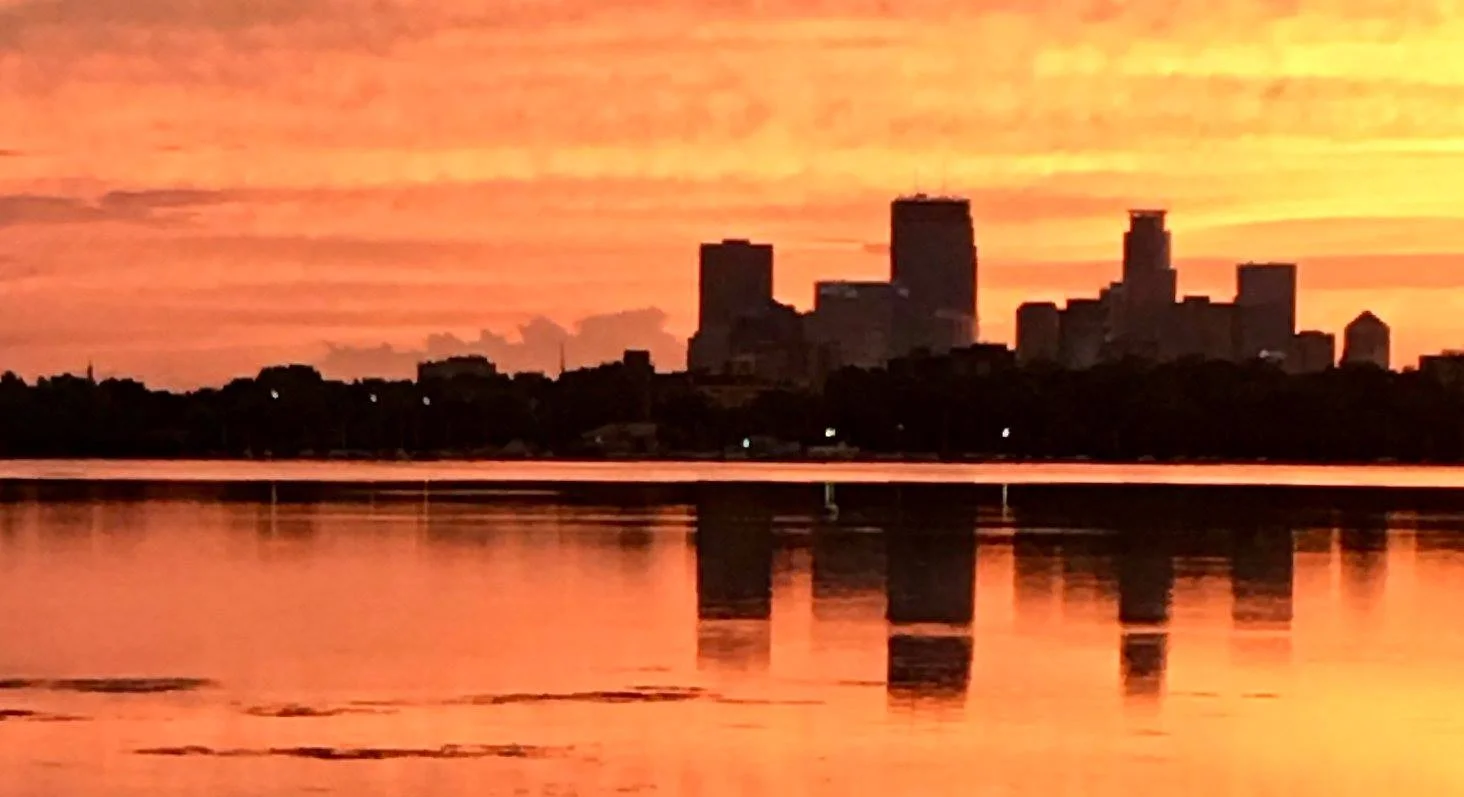





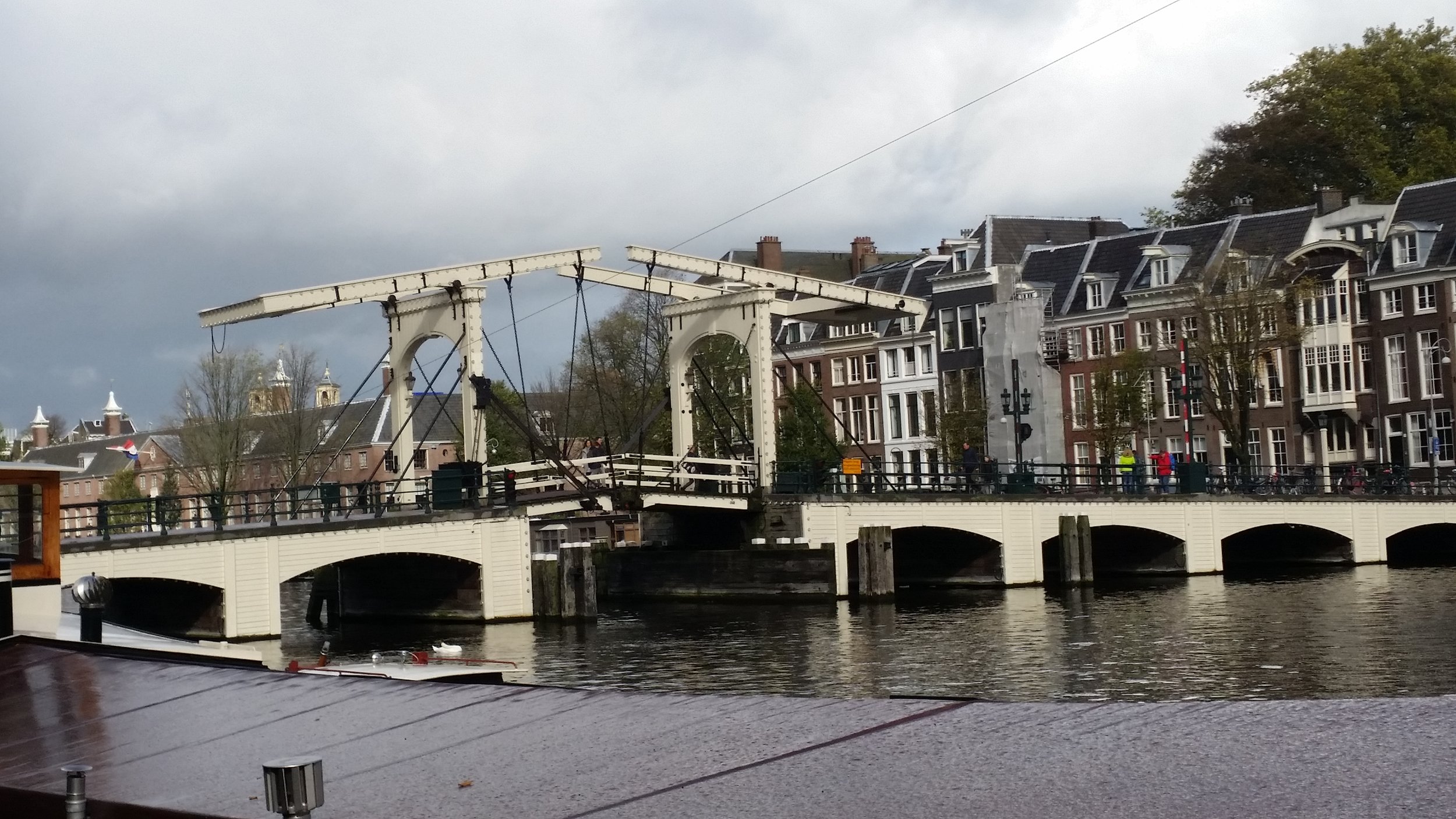







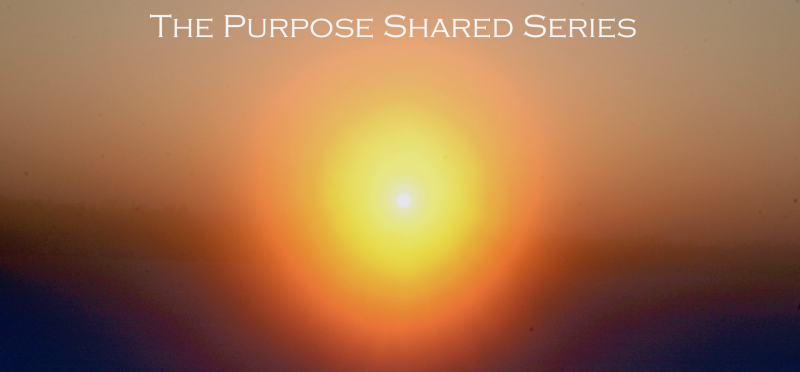
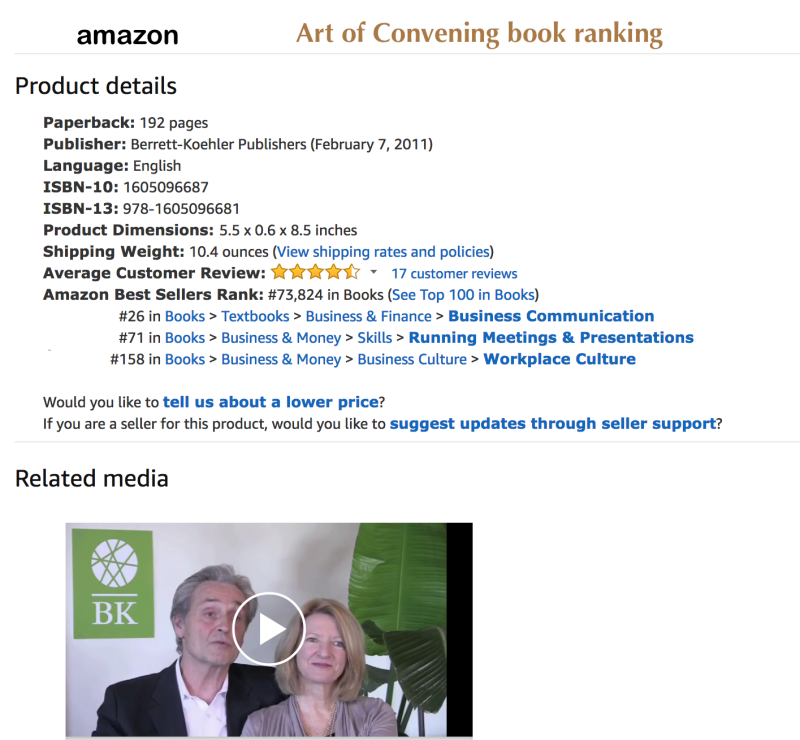

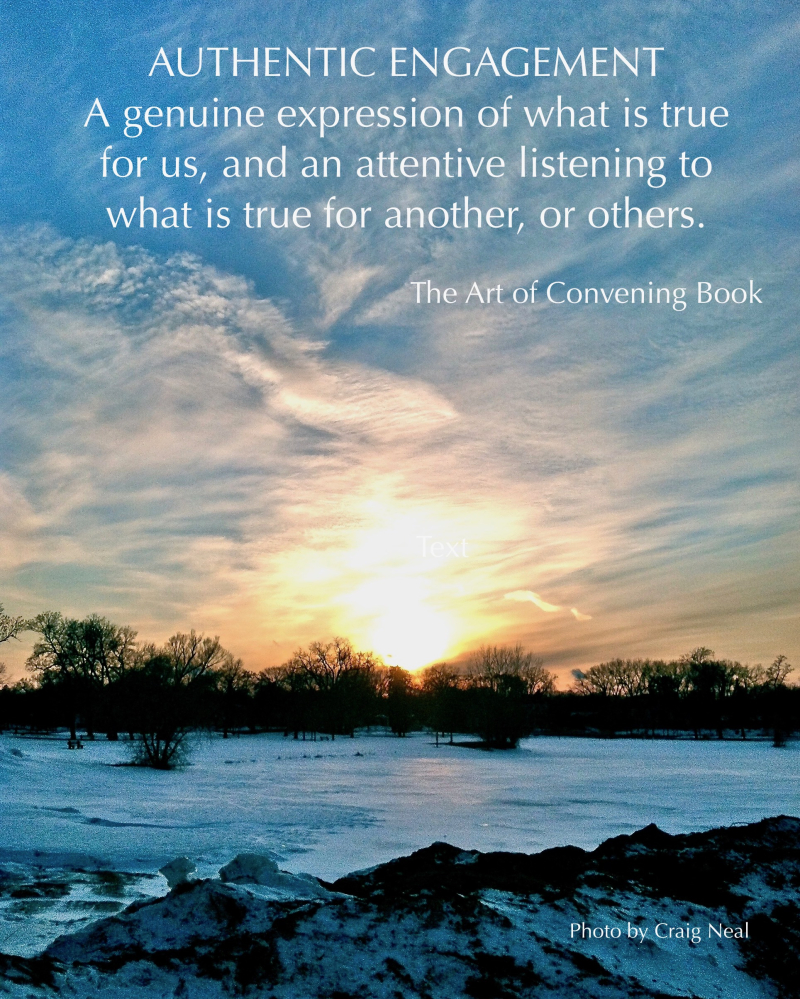
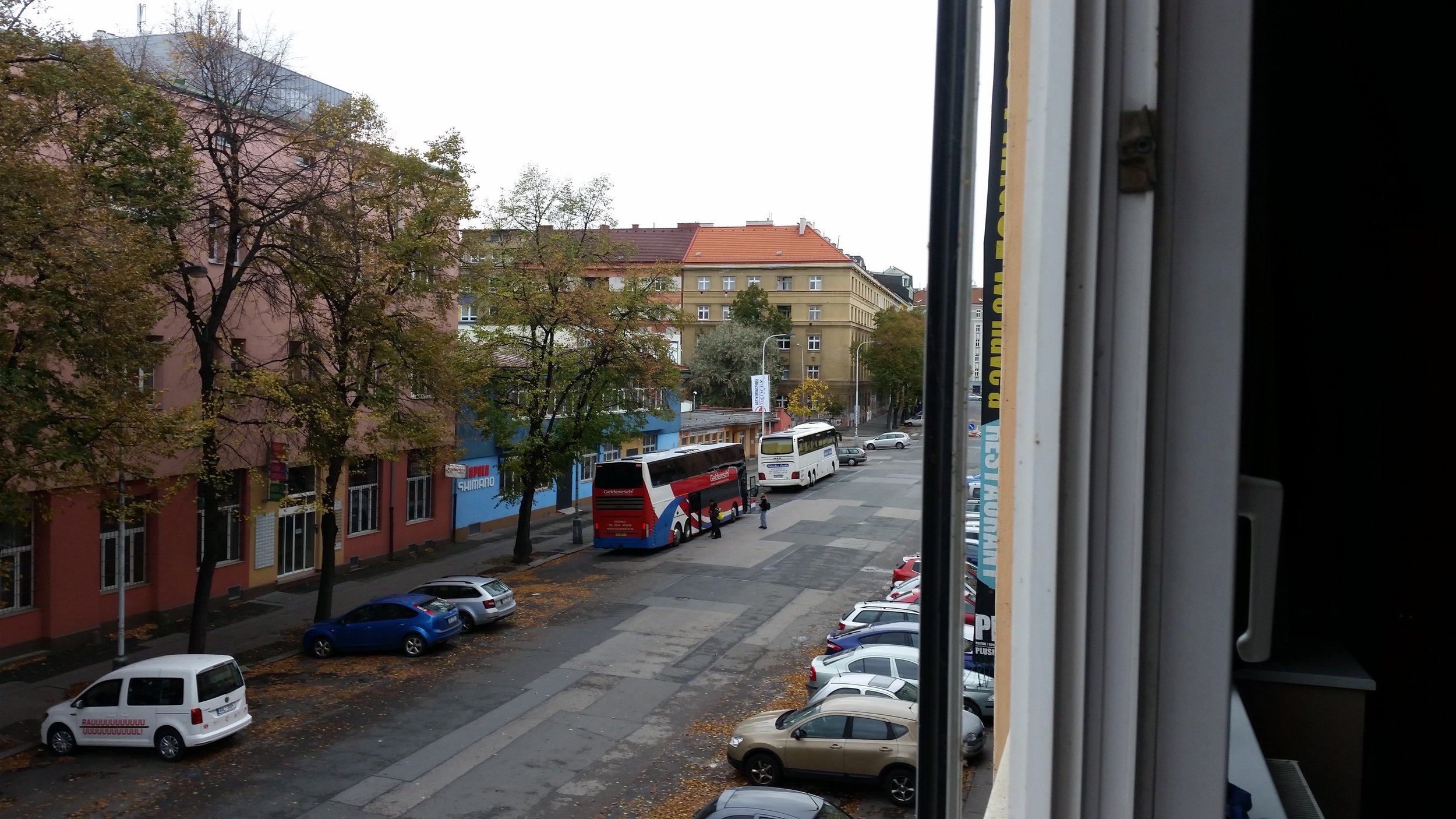
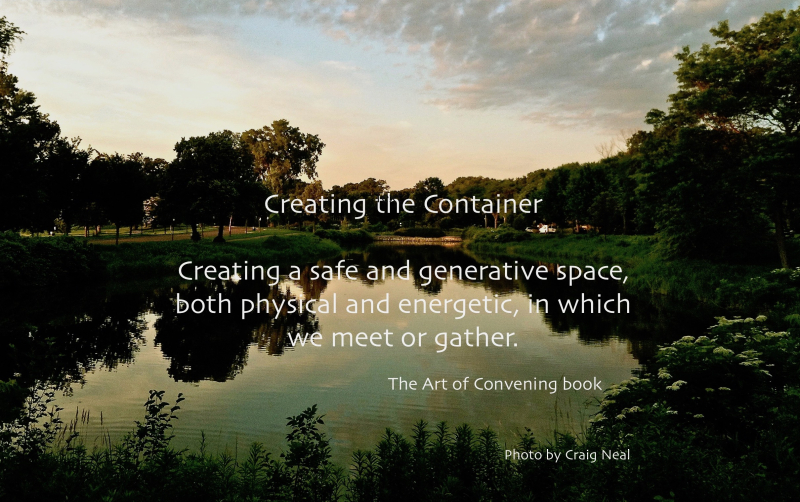






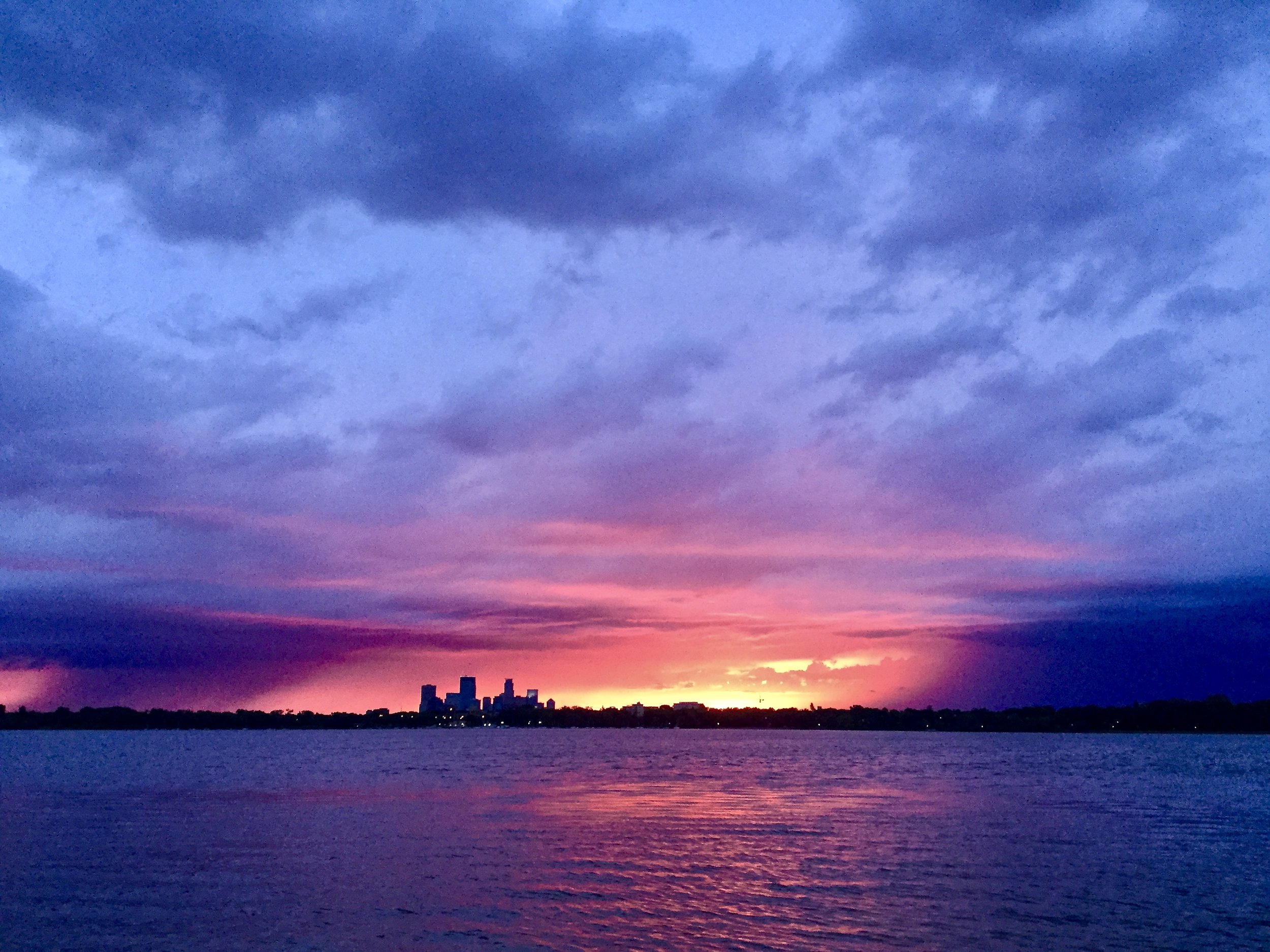

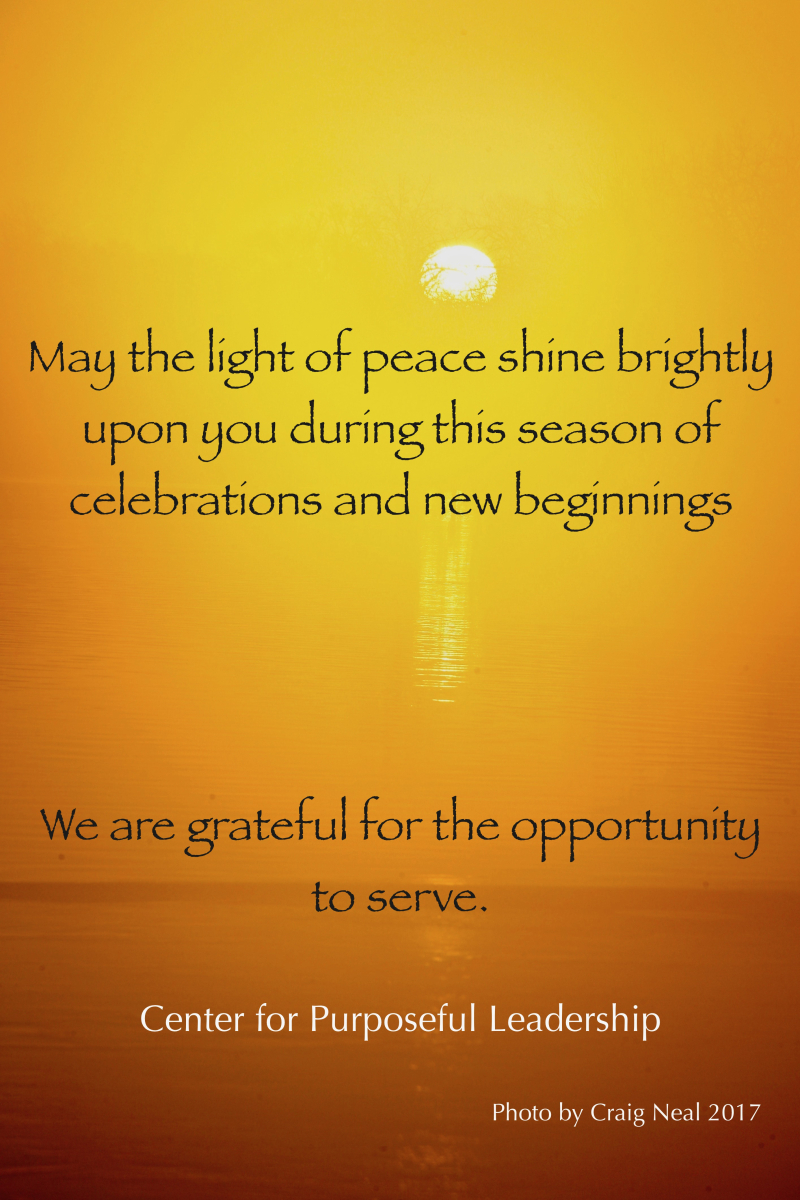


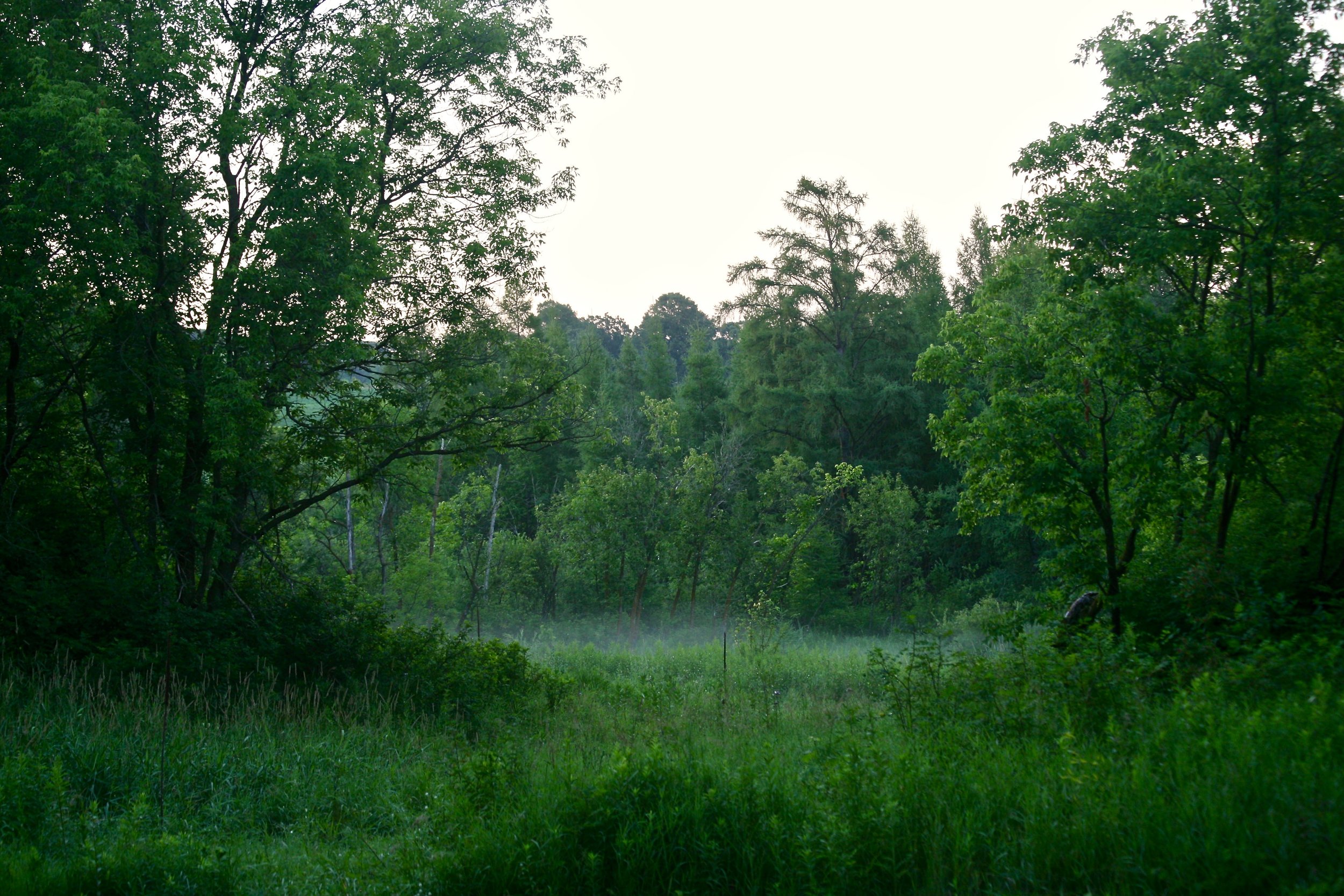





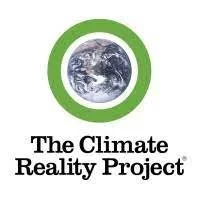














![[Hearth] Voices from Ukraine: Part 2](https://images.squarespace-cdn.com/content/v1/58a4e3be9de4bb98b066fd6f/1647955546471-VUGA4FCGFEUYJ29TEQVA/sunforest-mix-sunflower-types-1586794598.jpeg)

